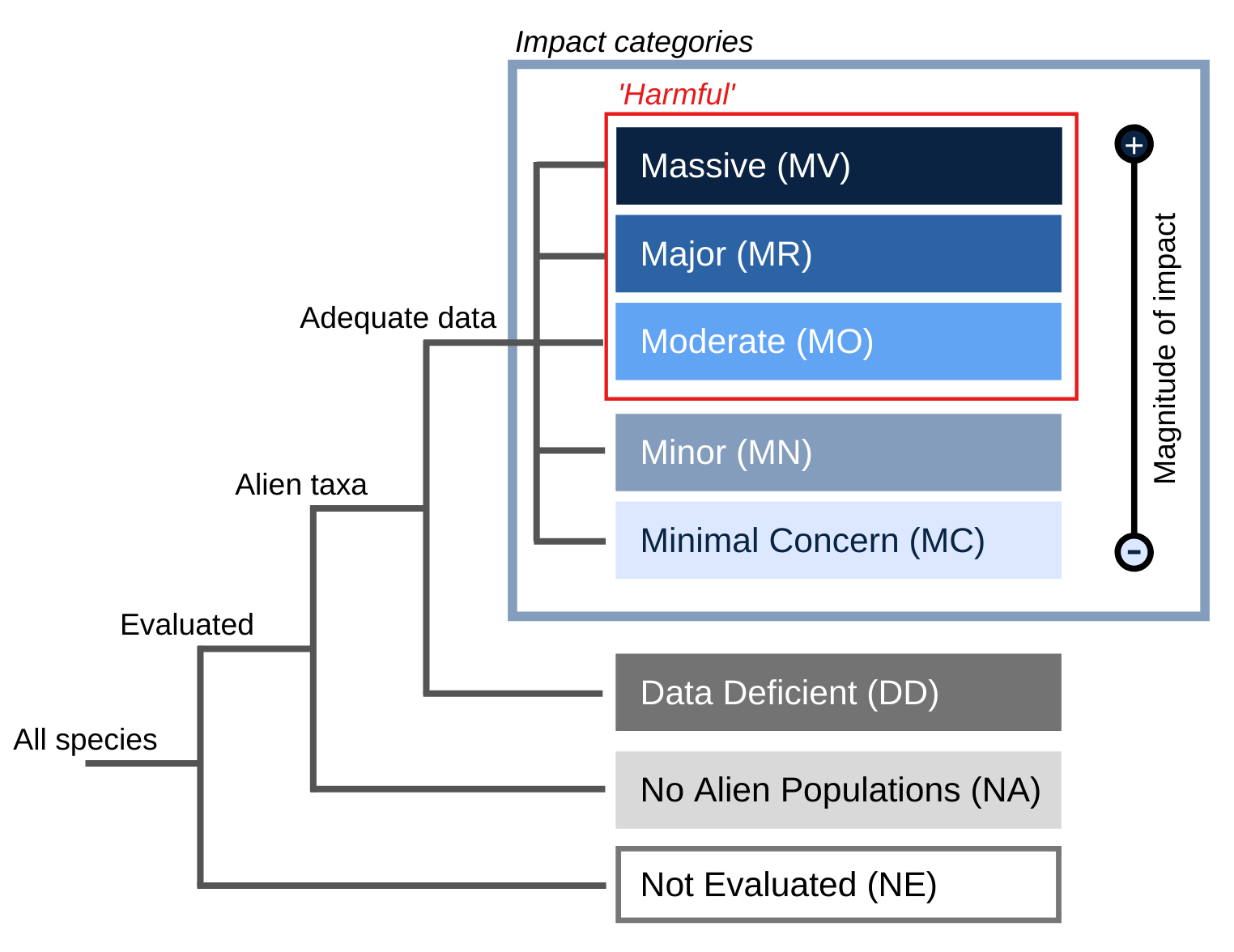- General
- Distribution
- Impact
- Management
- Bibliography
- Contact
Please follow this link PIER, 2009 for images.
Principal source: Department of Primary Industries and Fisheries, 2007. Weedy Sporobolus grasses. Best Practice Manual. The original edition (1999, 2001) was compiled by the Giant Rats Tail team: Felicity Mclntosh, Bill Schulke, Graeme Elphinstone, Steven Bray, Wayne Vogler, Col Paton, Bernie Shore, Michael Yee and Nigel Gallas. The revised edition (2007) has been updated by Steven Bray and David Officer.
Compiler: IUCN SSC Invasive Species Specialist Group (ISSG) with support from the Overseas Territories Environmental Programme (OTEP) project XOT603, a joint project with the Cayman Islands Government - Department of Environment
Review: Under expert review
Publication date: 2010-06-02
Recommended citation: Global Invasive Species Database (2025) Species profile: Sporobolus africanus. Downloaded from http://www.iucngisd.org/gisd/species.php?sc=1587 on 25-12-2025.
Preventative measures: Guidelines have been produced by the Department of Primary Industries and Fisheries (2007) outlining ways to prevent spread of rat-tail grass. These include cleaning vehicles and machinery as well as providing quarantine areas for livestock grazing in infested areas.
Physical control: While, hand pulling or digging is effective on individual plants, on a larger scale, this would be too labour intensive. Additionally, slashing promotes seed producion and increases the risk of spreading seeds. If used correctly, fire can play a useful role in reducing the soil seed bank and encourage remaining seed to germinate further depleting seed reserves (Department of Primary Industries and Fisheries, 2007).
Chemical control: Both flupropanate and glyphosate herbicides have been identified as being effective for control of S. indicus in pastures, with application methods differing depending on the scale of infestation (Department of Primary Industries and Fisheries, 2007).
Cultural control: The Department of Primary Industries and Fisheries (2007) has suggested that the spread of S. indicus can be prevented by changing the way landowners manage their land, such as reducing bare or waste areas and preventing pasture overgrazing.
Biological control: Biological control of S. indicus was investigated using the stem wasp, Tetramesa sp. and the smut, Ustilago sporoboli-indici. Both were unsuccessful and future efforts are concentrated on the development of a pathogen already present in Australia as a mycoherbicide (Palmer et al., 2010).
Integrated management: At present a combination of preventative measures, chemical and cultural control techniques is used to effectively control current infestations and prevent spread of S. indicus. The large persistent seed bank created by infestations however make it a labour intensive and expensive procedure (Department of Primary Industries and Fisheries, 2007).







